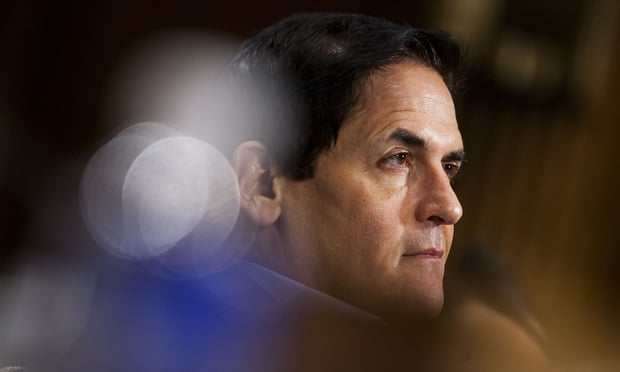In March, 21 months into recovery, the number of people employed in the United States was roughly the same as June 2009 — the month that marked the end of the Great Recession. According to nonprofit The Conference Board, the U.S. economy just can't bounce back like it used to.
The recovery is the second slowest on record since 1961. [See Jobless apps hit 8-month high]
A weak growth trend in both jobs and GDP began under the Bush administration in 1991. The Conference Board reports in the last three recoveries, neither GDP nor employment "roared back" as was typical after earlier downturns.
Recommended For You
"When looking across industries, the current recovery is showing some unique trends," says Gad Levanon, associate director of Macroeconomic Research at The Conference Board, and author of a new report examining the employment outlook.
"For example, employment in construction, finance and state/local government is not only declining, but declining much faster than in any other recovery since 1960. The decline in these industries is a result of forces that go beyond the ups and downs we see in typical recessions, and a strong bounce back is unlikely in the near future."
Since the end of recession, total employment in construction, finance and state/local government declined by 1.06 million jobs, while the rest of the economy added only 1.3 million jobs.
The research association predicts employment growth will continue to be slow in the near-term, and that unemployment is likely to remain above 8 percent through 2012.
The Conference Board forecasts GDP to grow at about 2.5 percent in 2011 and 2012, much lower than the rate of 3.5 to 4 percent typically reached during expansions.
Adds Levanon: "Longer-term prospects are more promising, however. In the last six months, employment outside of construction, finance and state and local government has already been growing faster than nearly any other six-month period in the last decade. Once constraints in these hard-hit sectors loosen, overall job recovery is likely to pick up pace." [See Unemployment falls in 80 percent of big cities]
So, where are the jobs? Click through the next pages to examine which industries are doing OK, and which are tanking >
Hardest Hit: Construction, Finance, and State and Local Gov't
A worker helps guide and install I-beams at a building under construction at Texas State University. (AP Photo/Eric Gay)
The number of jobs in construction (-8.1 percent), finance (-1.8 percent), and state and local government (-1.0 and -2.6 percent respectively) continued to decline in the 21 months after the end of the recession.
Disappointing: Health care, and Leisure and Hospitality
Tasha Collett, 21, of Des Moines, Iowa, leaves Mercy College of Health Sciences. (AP Photo/Conrad Schmidt, 2010)
Health care and leisure and hospitality jobs have recovered, but at a rate slower than any since 1960.
Doing OK: Manufacturing
In this April 28, 2011 photo, a Dodge Durango is assembled at Chrysler's Jefferson North Assembly Plant in Detroit. Manufacturing grew for the 21st straight month in April, though at a slightly slower pace than the previous month (AP Photo/Carlos Osorio)
Manufacturing suffered less job loss than in recent recessions, and in the last 12 months, manufacturing employment has grown at the highest rate since the 1990s.
Shrinking Government
U.S. diplomats and federal workers take part in rally against the prospect of a government shutdown, Friday, April 8, 2011, in Washington. (AP Photo/Jacquelyn Martin)
The growth in federal government jobs during the recovery has been historically high (38,000), but not enough to offset the unprecedented losses in state and local government jobs (-429,000).
© 2025 ALM Global, LLC, All Rights Reserved. Request academic re-use from www.copyright.com. All other uses, submit a request to [email protected]. For more information visit Asset & Logo Licensing.







